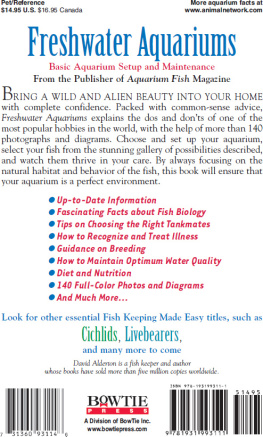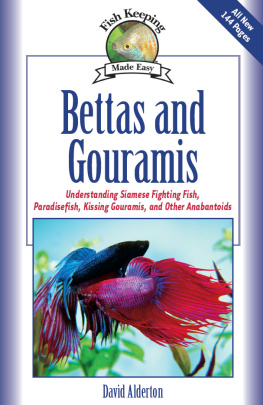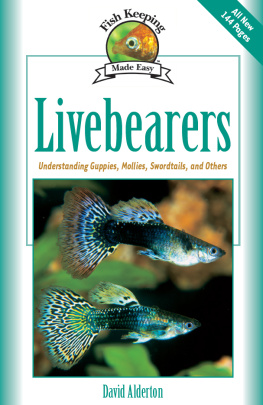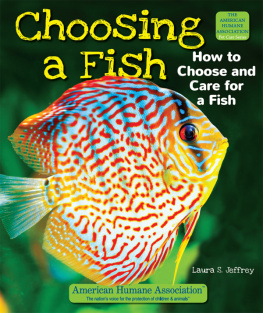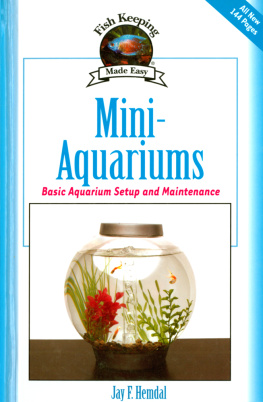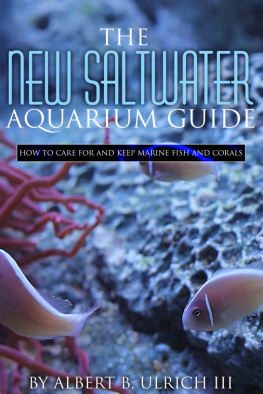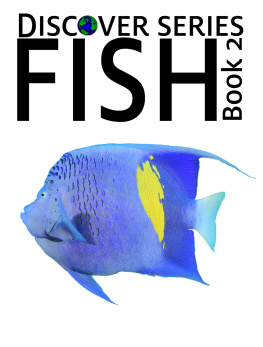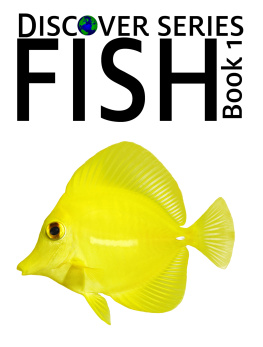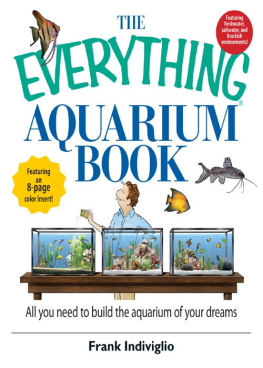


Produced by Andromeda Oxford Limited
1113 The Vineyard, Abingdon
Oxon OX14 3PX.
www.andromeda.co.uk
Copyright 2004 by BowTie Press
Cover design copyright by BowTie Press
All rights reserved. No part of this book may be reproduced, stored in a retrieval system, or transmitted in any form or by any means, electronic, mechanical, photocopying, recording, or otherwise, without the prior written permission of the copyright holder, except for the inclusion of brief quotations in an acknowledged review.
Project Director: Graham Bateman
Managing Editor: Shaun Barrington
Design: D and N DTP and Editorial Services
Editorial Assistant: Rita Demetriou
Picture Manager: Claire Turner
Production: Clive Sparling
Indexer: Sheila Seacroft
Library of Congress Cataloging-in-Publication Data
Alderton, David, 1956
Freshwater aquariums : basic aquarium setup and maintenance
by David Alderton.
p. cm.
Includes bibliographical references (p. ).
ISBN 1-931993-11-4 (hardback : alk. paper)
eISBN 978-1-62008-004-7
1. Aquariums. 2. Aquarium fishes. I. Title.
SF457 .A4284 2002
639.34dc21 2002008846
Front cover: cardinal tetras (Paracheirodon axelrodi);.
Page 2: banded dwarf cichlid (Apistogramma bitaeniata).
BowTie Press
A Division of BowTie, Inc.
3 Burroughs
Irvine, California 92618
Printed and Bound in China
14 13 12 11 10 5 6 7 8 9 10
Contents
Nature and Nurture
For many people, one of the most appealing aspects of fish keeping is that it is possible to replicate nature in the home, with both fish and living plants. Ironically, this naturalistic approach is easier to achieve today than in the past, thanks to the increasingly sophisticated technology now available.
Special lights, for example, help the growth of plants; and the increased efficiency of filtration systems means that maintaining good water quality for the fish themselves is much more straightforward.
By understanding your fish and their behavior in the wild, and creating a more natural biotope for them, you are not simply bringing nature into your home, you are also lessening the likelihood of your fish falling ill. Ensuring that only compatible individuals are placed together and are not overcrowded effectively lessens the stress on them.

The Belize rainforest, the original home of some of the most highly recommended fish for the first-time aquarist, the sword-tails and platies.

This is cardinal country, home to the cardinal tetra in northern Brazil. Unsurprisingly, the advice for a cardinal tank includes subdued lighting, generous planting, and the addition of aquarium peat to the water.
Understanding their natural spawning habits means that you can design the aquarium accordingly to increase the likelihood of successful breeding. If you are unaware of the need to incorporate some kind of shelter for cave-spawning cichlids, for example, then they will be deprived of the type of habitat where they will naturally spawn, making breeding unlikely. A number of different reproductive triggers apply in the wild. Failure to reproduce these in the home aquarium means that breeding becomes a hit-and-miss affair. In addition, failure to reproduce the different natural water conditionsacidity and alkalinity, softness and hardnessthat fish experience in the wild will almost inevitably lead to problems.
Understanding your fish also means you will be able to see what is natural behavior, and what could indicate that not all is well with them. This will enable you to distinguish when a fish is likely to spawn for example, or is displaying signs of disease. Throughout this book insights into natural fish behavior, reflecting both their general and individual requirements, are to be found, with the aim of ensuring that your fish should stay healthy and live longer, in addition to increasing the likelihood that they will breed successfully.
This focus on natural fish, or piscine, behavior is not just of practical benefit. A deeper understanding of just why your fish are thriving is surely one of the joys of fish keeping. Hopefully, in reading this book, you will learn how to read your fish: which is to your benefit as well as theirs.
Fish are the first vertebratesanimals with backbonesin the fossil record, with their origins extending back nearly 600 million years. A number of characteristics help to distinguish fish from other vertebrates. They breathe primarily by means of gills, through which they can extract oxygen from the water, and swim effectively by means of fins.
A ll fish are closely tied to water, being unable to live for any length of time on land, although a few of todays species can emerge on to land for short periods. Their original ancestors, however, were very different in appearance from any of the fish that are alive today. It is thought that the group developed from boneless creatures that simply sucked in water, and extracted food particles from it.
EVOLUTION
Fossil records indicate a number of different stages in the development of modern fish. The first major shift in their appearance was the development of external bony scales, which presumably gave them greater protection from predators. This change appears to have occurred in the late Cambrian period. Then, in a highly significant development for life on the planet, a bony framework began to develop in the body, creating the start of the vertebrate lineage.
The oldest example of a fish of this type has been unearthed in rocks dating back to the Early Ordovician, around 500 million years ago. Christened Aradaspis, this fish measured approximately 6in (15cm) in length, and swam in the region of what is present-day Australia. Being finless, it relied entirely on its tail for propulsion, and still sucked food into its mouth, having no jaws.
HOW JAWS DEVELOPED
The early fish had gills to extract oxygen from the water, and it is thought that the jaws developed from the first of the gill arches; teeth formed later from skin inside the mouth. The large gill slits associated with the first set of gill arches have since been reduced to tiny holes known as spiracles.
Another 80 million years passed before jaws developed during the Devonian period, appropriately in a group called the acanthodians, or spiny sharks. They also had a definite skeletal structure, with bone also providing support for their fins and protection, thanks to so-called dermal bone within the skin. Up until this stage, the backbone had been composed of cartilage. The overlaying of cartilage with bone ultimately gave way to fish whose skeletons were made entirely of bone. Today, bony fish have become by far the most numerous group of vertebrates on the planet, with more than 20,000 recognized species.
Next page
